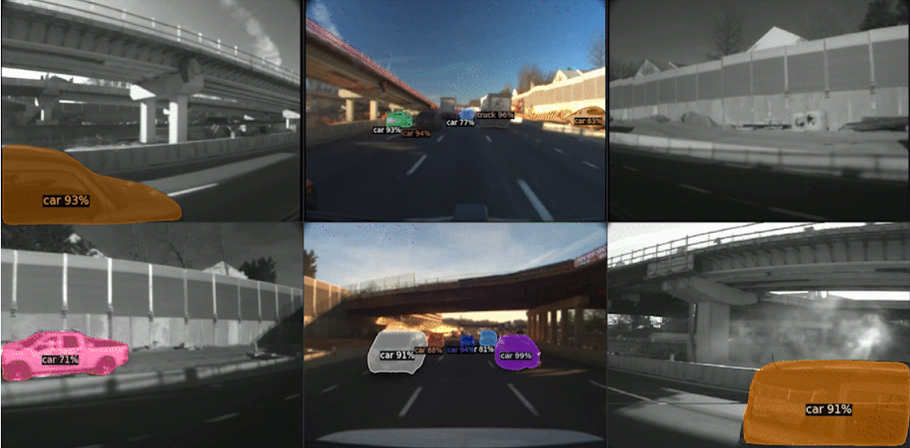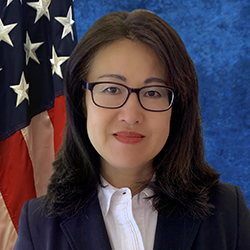Safety Information Systems

About Us
The U.S. DOT Volpe Center’s Safety Information Systems Division delivers world class, efficient, and effective IT solutions to transportation safety problems.
Working closely with NHTSA, BTS, FAA, FMCSA, and other federal agencies, we implement highly complex organizational and IT solutions that support mission critical transportation safety systems, leveraging innovations such as:
- Software Application Development
- Cloud Infrastructure Services
- Cybersecurity Services
- Data Science
- Machine Learning and Artificial Intelligence
- Data Analytics and Visualization
Our team of data analysts, IT program managers, IT specialists, and operations research analysts establish proactive, systematic frameworks for managing safety and improving safety outcomes.
By building systems and processes that collect, analyze, and share data on leading indicators, we help our sponsors assess safety risks and take action to mitigate those risks before a problem occurs.
Some highlights of our work include:
- Working with NHTSA’s Office of Defects Investigation to launch the legacy NHTSA Artemis application in 2002 and since then, has continually upgraded and modernized the system, including a 2018 move to the cloud and microservice-based architecture—to help NHTSA better identify and correct vehicle safety defects and protect Americans on the road
- As part of the Naturalistic Driving Study under Strategic Highway Research Program 2, working with FHWA to use multiple types of deep learning-based computer vision models to to detect traffic signal states, roadway weather classification, roadway object detection, and facial detection with 97% accuracy
- Supporting FMCSA’s Office of Registration and Insurance to provide motor carrier authority and insurance data to assist in user determination of safe carriers
Our Capabilities
Systems and Infrastructure Modernization and Optimization
- Creates, enhances, and maintains IT capabilities
- Defines hardware, software, and network architectures
- Hosts and maintains server suites
Applied Data Science
- Uses advanced data science capabilities, including advanced image analysis, machine learning, artificial intelligence, data analytics, and visualization
- Develops data processing stack using deep learning-based computer vision
- Analyzes, processes, and visualizes data using advanced visualization methods and tools, including Tableau
Engineering and Technology Deployments to Enhance Transportation
- Executes cybersecurity planning, architecture, design, and monitoring services
- Performs safety and security analyses of systems and infrastructure to prepare for future transportation systems
- Upgrades infrastructures with state-of-the-art technologies, including cloud services
- Leverages effective and efficient use of complex infrastructures and IT operations
Human Factor Research and Design
- Ensures technology, policies, and processes factor users and stakeholder needs into research and design
- Develops software applications, including mobile apps
- Manages and operates help desks to support technical and stakeholder user inquiries

Meet Our Team
View selected staff biographies.
 Doreen Corban
Doreen Corban
Chief
Doreen Corban has been with the U.S. DOT Volpe Center as division chief for Safety Information Systems since March 2020. She oversees the division, which focuses on information systems, including the support, operation, and maintenance of existing systems, the modernization of legacy systems, and the development and administration of other software/database projects.
Prior to the U.S. DOT Volpe Center, Corban served as director of information services at the Boston Public Health Commission, where she led teams developing and maintaining web-based public health applications and systems. She previously served as director of information technology and informatics for the Department of Public Health of the Commonwealth of Massachusetts.
